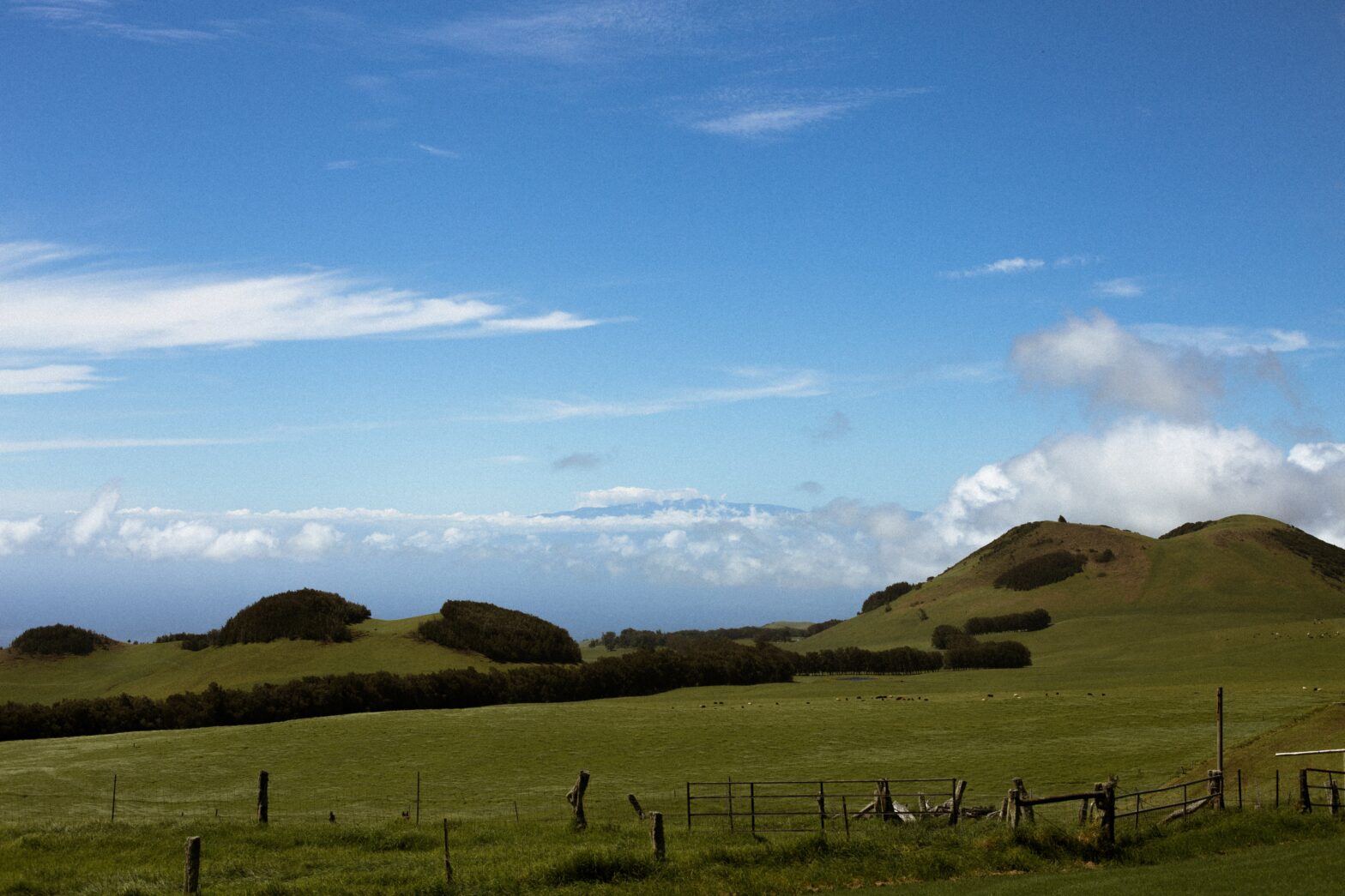While we all know that Hawaii is home to some of the most stunning natural wonders and exotic beaches, many don’t know about its rich agricultural history. Throughout the islands, there are several farms and ranches that are flourishing, and more are being built every day.
Since the late 1800s, it has been possible for anyone to purchase land on the Hawaiian islands, even if they don’t belong to a Hawaiian family. While many things are misunderstood about Hawaiian land availability, more foreign investors are seeking farming land than ever before.
Hawaii’s temperate climate, rich soils, and tropical rains make it the perfect growing ground for many crops, including pineapple, coffee, and taro. Based on the type of crops you wish to grow, each island has its own advantages for farming. Let’s explore the history of Hawaiian agriculture, where each main crop is produced, and take a deeper look into how you can buy your piece of paradise in Hawaii.
Native Hawaiian Agriculture
Between 500 and 700 CE, the Polynesians arrived on the Hawaiian Islands from the south Pacific. A rich agricultural tradition was brought to the island by the Polynesians. Polynesians brought pigs and chickens from Asia and started growing fruit and vegetables.
Hawaiians practiced both wetland and dryland farming since Hawaii’s diverse microclimates allow for various farming methods. In addition to providing for the family, agriculture was also the cornerstone of family life, as all members participated in harvesting, planting, fishing, or preparing food. Native Hawaiians believed taro represented family, which is why it became so prominent.
The Arrival of the Settlers
The Hawaiian agriculture system significantly shifted in 1778 when Captain Cook arrived on the Big Island. New agricultural products flooded the market, and the following milestones took place:
- Hawaiian farmers were introduced to the orange in 1792, and it remains popular today.
- Since rice was first planted in 1858, the land devoted to rice occupied 9,400 acres by the year 1907.
- Cattle were brought to the area in 1793.
- Originally from Barbados and Jamaica, the smaller, sweeter solo papaya is grown abundantly.
- In 1813, pineapples and coffee were the hottest commodities on the market.
- Mangos arrived on the scene for the first time in 1824.
- In the period between 1810 and 1825, sandalwood was at its peak in terms of popularity.
- The macadamia nut was introduced in 1881.
Hawaiian Land Considerations
It is possible to purchase, rent, or lease farmland. To decide which option is right for you, you need to consider your goals and the land availability in your area. If you are a first-time farmer, you may not be able to afford to purchase land. Depending on your market and goals for your farm, your expansion options may be limited. Consider these factors when looking for farmland:
Location
Can the property be accessed easily? How far do you live from your neighbors? What is the distance between you and them? Are your markets and suppliers close to you? Are there any zoning restrictions?
Climate:
What you are able to grow depends on the amount of precipitation and the length of the growing season in your area.
Farm infrastructure
Identify and evaluate the farm’s buildings, utilities, fences, water supply, roads, and equipment.
Housing
Will the farm have housing, or do you need nearby housing? What is the possibility of building a house on a property and living in it simultaneously?
Natural Resources
Consider the size of the farm, its layout, soil types, topography, and field sizes before you start farming. Also, it is important to consider the culture and the environment when making decisions.
Security
Theft of agricultural products can be a problem. Think about how you can protect your crops and tools.
Community Resources
Does the area already have agriculture? Do you have farming neighbors who can provide advice and support? Is there an agricultural service provider in the region?
Farm history
A brief description of what the land was used for previously. This information is essential if you wish to produce organically. This information is necessary if you want to grow organically.
Buying/Renting/Leasing Hawaiian Land
Currently, it is more difficult to purchase agricultural land in Hawaii than renting or leasing it. What’s available can be found in the following ways:
- Realtors
- Retiring farmers
- Approach current owners
- Classified ads in newspapers and online
Main Hawaiian Agricultural Crops
Pineapple – Maui
There was a time when the Hawaiian Islands grew more than 80 percent of the world’s pineapple. Taking second place only to sugarcane in terms of the state’s economy, it was Hawaii’s second biggest industry. As labor and production costs rise in the United States, this is no longer the case. Dole and Maui Land & Pineapple still grow pineapples here in Hawaii, however.
Coffee – Kona
A missionary planted the first coffee tree in Kona on Hawaii Island in 1828, after King Kamehameha brought the first coffee plant to the Hawaiian Islands in 1813. Since then, coffee has become a commercial crop, and the state is home to more than 700 small farms growing coffee. Only one state in America grows coffee on a commercial scale, which is Hawaii.
Cattle – Kamuela
While the Hawaiian Islands are not commonly associated with the cattle industry, Parker Ranch is one of the country’s largest ranches. It is the birthplace of the Hawaiian cowboy or paniolo. The cattle industry has dominated Hawaiian history for a long time.
Sugar Cane – Kauai
In 1834, Kauai opened its first sugar plantation, but people on Lanai were using stone rollers to crush sugarcane juice as early as 1802. The sugar industry employed one out of every ten people in 1959. Sugar is still grown in Hawaii even though many processing mills have closed.
Macadamia Nuts – Hawaii
Macadamia nut trees were introduced to Hawaii in 1882 from Australia as ornamental trees. Plantations became profitable only in the 1950s, nearly 40 years after the first macadamia plantation was established in 1921. Around 90 percent of the world’s macadamia nuts are grown on the Hawaiian Islands, and eight processing plants process the nuts.
There are many benefits to moving to the Hawaiian islands other than the sun and the surf. If you are considering purchasing or leasing some farmland, work with an experienced realtor to ensure you get the plot of your dreams.

